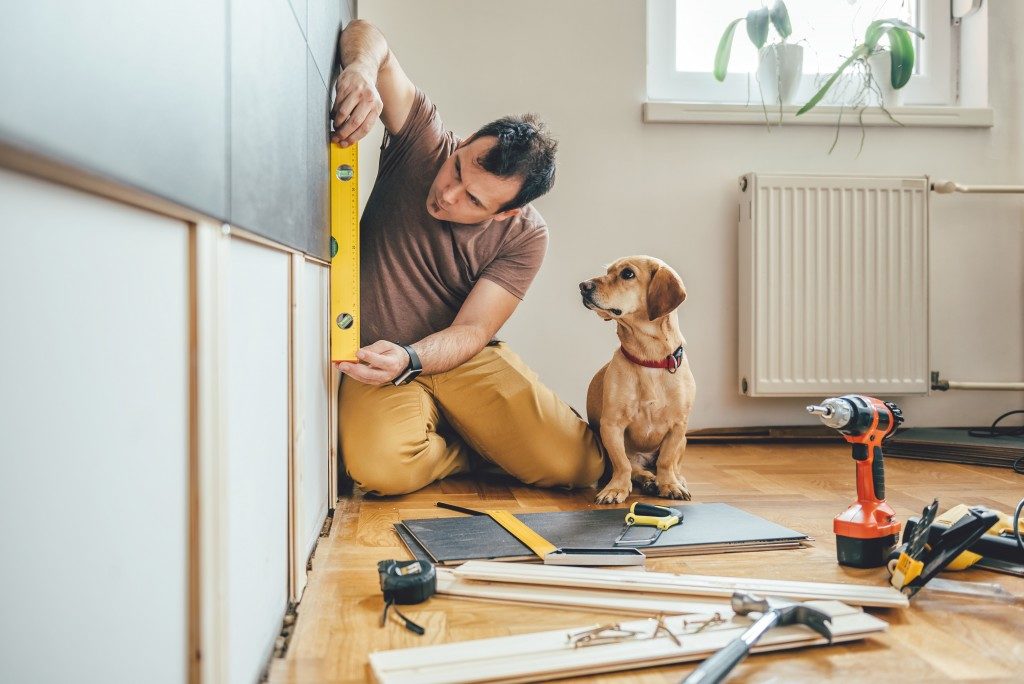- When building residential apartments, it is essential to understand local regulations and zoning laws.
- Ensure access to necessary infrastructure, such as public transportation, roads, and other essential services.
- Design attractive living spaces with careful attention to detail, quality materials, and furniture layout.
- Consider the cost of construction materials, labor and performance products when budgeting for the project.
Building residential apartments is an exciting and rewarding endeavor that can benefit a community. However, it would help if you considered some essential considerations for the project to succeed.
Several factors must be addressed when planning a residential apartment building, from understanding local regulations to designing attractive and comfortable living spaces. This article will discuss some critical points you should consider before beginning any new construction project.
Access to necessary infrastructure
When constructing residential apartments, it is essential to consider the availability of public transportation and other required infrastructure. To ensure that residents have convenient access to these necessities, it is best to look for suitable lands for sale in strategically positioned areas.
Consider the distance to public transportation, such as bus stops or train stations, and the quality of roads leading up to the building. Additionally, citing a location near supermarkets, banks, pharmacies, hospitals, and other necessary services can help to make the apartments more appealing to potential buyers.
Local regulations and zoning laws
When undertaking a project to build residential apartments, whether from the ground up or through the renovation of a current property, local regulations and zoning laws need to be considered. A complete understanding of the local zoning laws and regulations is required to determine the types of dwellings you can build, their potential spaces, and their heights.
Developers must conduct thorough research on these regulations early in the process; failure to do so could lead to unfavorable outcomes. Developers should ensure they get sufficient information directly from the municipality or relevant agencies to minimize risk and comply with all applicable laws.
Building considerations
Designing attractive living spaces

Designing attractive living spaces for residential apartments is about much more than simply having a lovely color palette or impressive artwork on the walls. Attention to detail is vital, from the quality of materials used in construction and décor to furniture layout and ensuring that storage is maximized.
The spatial flow needs to be considered, too – creating an open-plan living area should create more excellent dimensions and make better sense in modern apartment design. Fittings must be functional and stylish – large windows with warm, natural light help create an inviting feel, and characterful pieces add personality.
Cost of construction
When building residential apartments, it is essential to properly consider the cost of materials, labor, and construction procedures. It is necessary to consider the market price of materials at the time you are looking to build and any additional costs, such as transportation and installation.
Additionally, research any special regulations in your area that may affect the cost of labor or projects. Finally, be sure to factor in performance products, warranties for materials and labor, and estimating services which can significantly impact your overall budget.
Accessibility requirements
When designing residential apartments, it is imperative to consider the needs of people with disabilities. You should carefully think out access with design criteria that meet ADA accessibility standards and any applicable local building codes.
Think beyond structural requirements to consider how residents with physical or cognitive impairments interact in day-to-day activities like utilizing the kitchen or entering and exiting the building. Beyond obvious ramps and elevators, details like lowered countertops, grab bars next to the toilet, switches low enough for a person in a wheelchair to reach, and aisles wide enough for an individual using a mobility device are essential items to include.
In addition, elements that provide autonomy and independence, such as an auditory fire alarm system instead of written signs, could significantly improve the quality of life for a person with a disability.
Additional amenities
When planning and constructing a residential apartment building, it is vital to ensure all amenities are appropriately considered to make the building comfortable and desirable. Before making any decisions, it is essential to consider who the target demographic for the apartments will be.
Identifying this target demographic will help determine what amenities should be provided to ensure satisfaction for those living or looking to live in your building. For example, providing a playground or communal gathering area would be beneficial if you have a building geared toward families.
Additionally, depending on the size of the apartment complex, thought should also be given to guidelines for parking as well as security measures for occupants, such as cameras and gated entrances. Furthermore, some amenities that may improve quality of life such as storage units and exercise rooms can also be introduced if feasible and desired by potential residents.
These are just a few of the many considerations that must be taken into account when planning to build residential apartments. With due diligence, thorough research, and careful consideration of all relevant factors, developers can ensure their projects are successful and bring positive benefits to their community.


